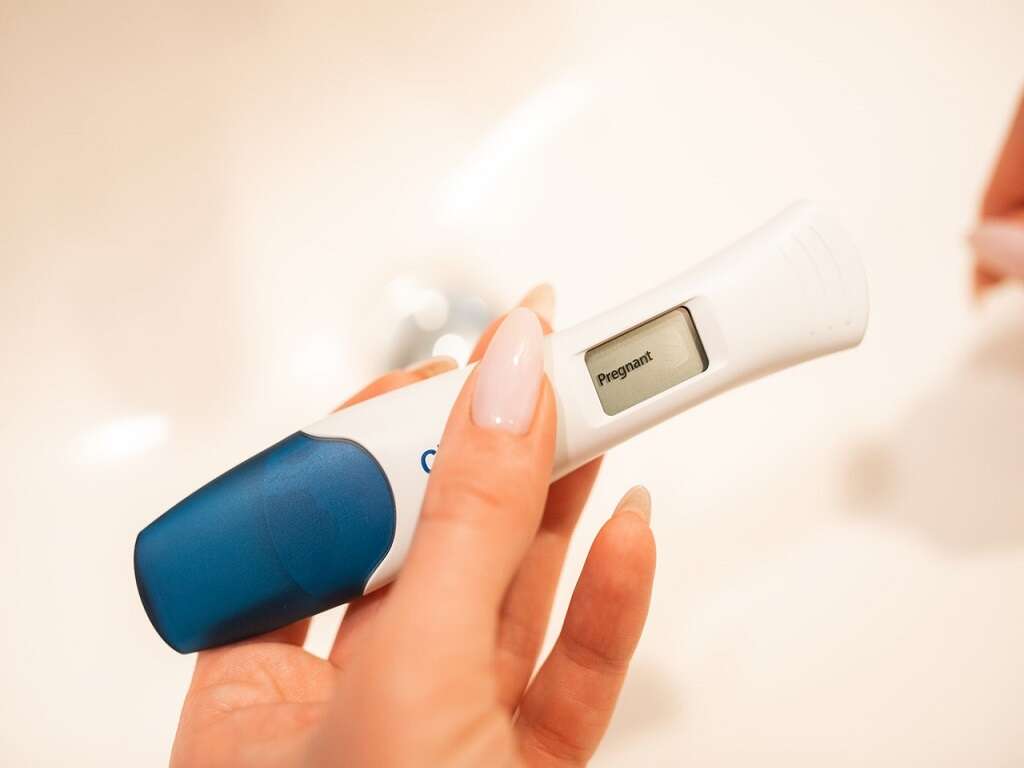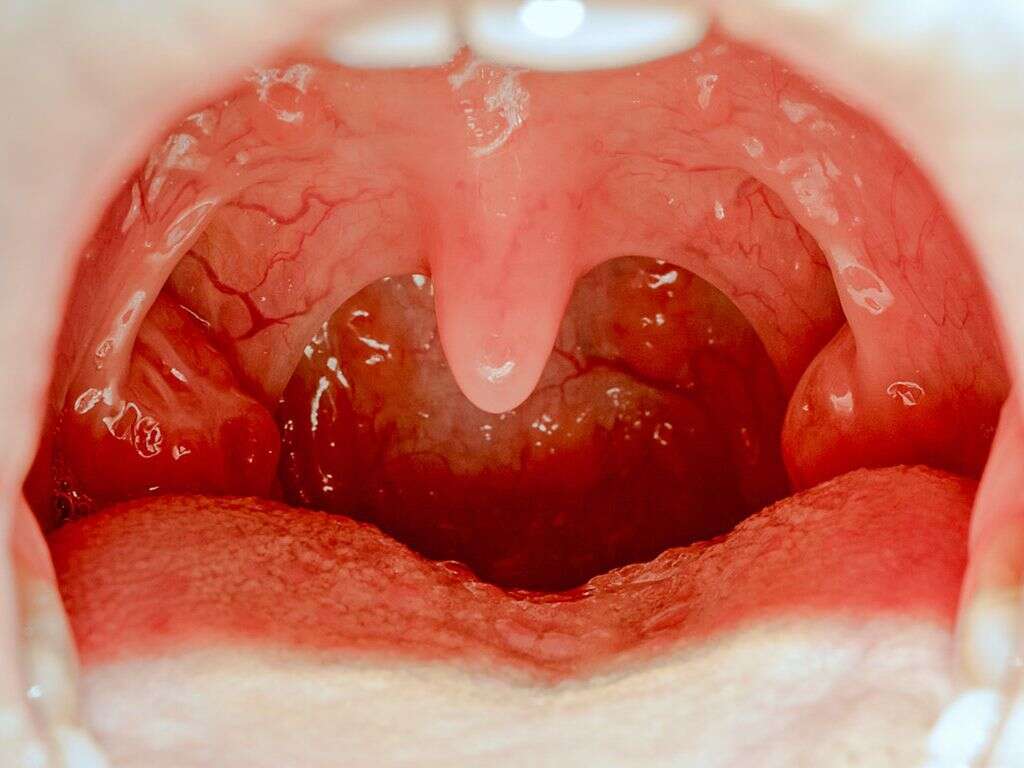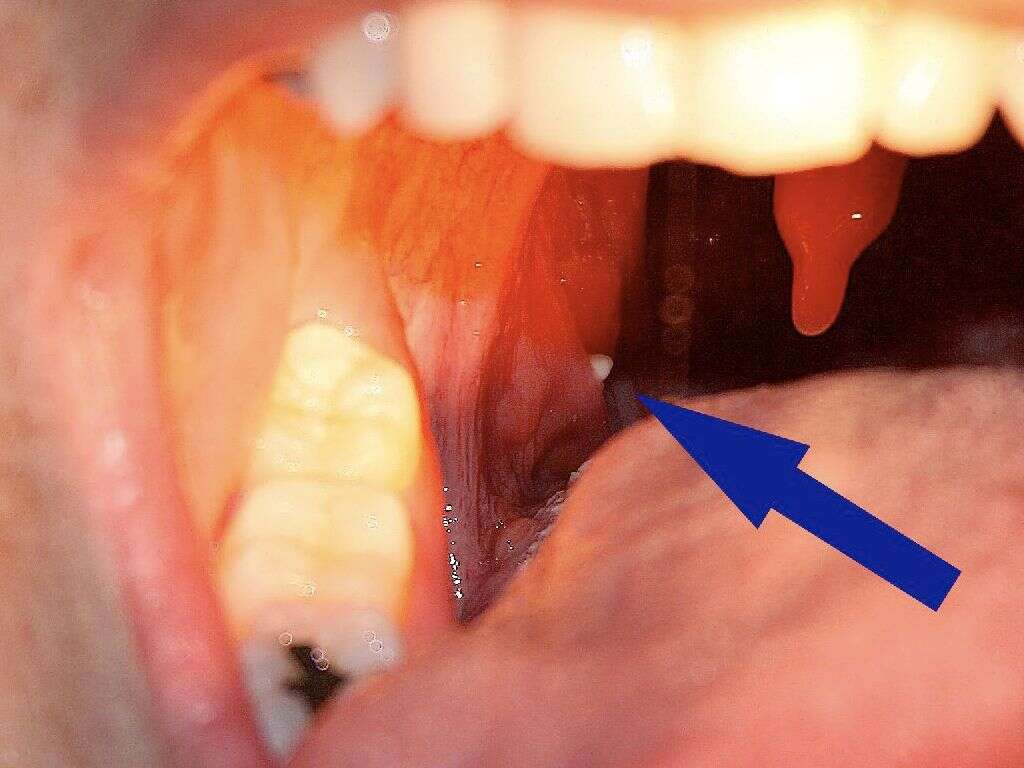What Does the Uvula Do?
If you take a look inside your mouth then you will notice some flesh that hangs down at the back near the throat. This grape-like structure is known as the uvula. It is often mistaken for the tonsils, but these are different structures found at the back of the mouth on either side.
The uvula has long been somewhat of a mystery because we are not entirely sure what it does. There are some suggestions, however, that are plausible at least, and some have some scientific grounding. Here’s a look at some of those suggestions, and some of the problems that can be associated with the uvula.
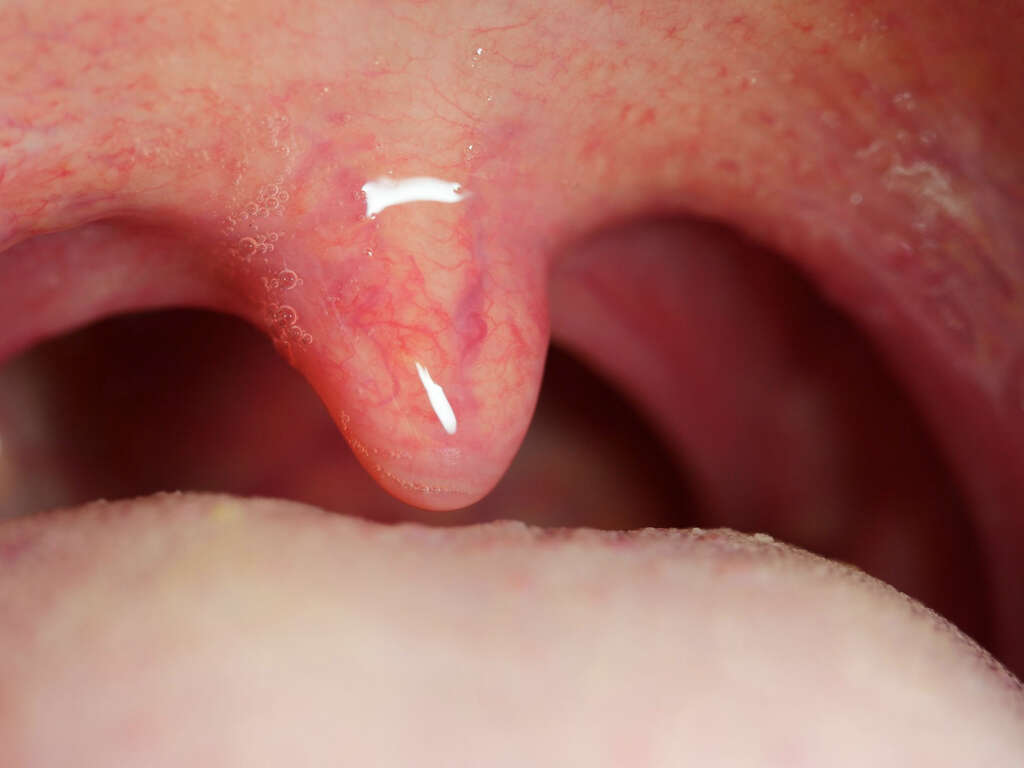
1. Vestigial Structure
As organisms evolve over time, certain parts of their body will begin to devolve as they become less useful to them. For example, people have what is known as a coccyx at the base of their spine. This is a small extension of the spine that used to be much longer. Basically, the coccyx is what is now left of what used to be our tail.
Body parts that are the remains of something else are known as vestigial structures. Some of these structures will still have a purpose even if they do not perform their original function. One example of this being the wings of an ostrich. Others have no apparent use, and some people believe that the uvula might be what is left of an as yet unidentified organ from our ancestors.

2. Speech
While some people believe the uvula no longer serves any purpose, they are many others that believe it is very useful indeed. One suspected benefit of the uvula is that it helps us to speak. Indeed, some languages rely on the uvula in order to pronounce a number of sounds.
The uvula tends to be coated in a layer of a certain type of saliva. It is thought that this can help lubricate the mouth to allow for complex speech. In addition, it may help to block the nasal passage enough to prevent our voices from being too nasal. The uvula is absent in other mammals, suggesting it may well have something to do with complex speech.

3. Swallowing
When we swallow, our tongue and mouth muscles will move to force our food towards the back of the throat. The food is then pushed down through the esophagus where it will eventually reach the stomach. It is very important that the food goes to the right place, and the uvula may help in this regard.
A lot of people believe that the uvula helps by blocking the nasal cavity as our food is swallowed. This helps to ensure that the food goes to where it is needed, rather than to where it is not. Mealtimes might be a much more complicated affair without it.

4. Lubrication
There are various different types of mucus located around the body, each of which performs different roles. Some of them help protect us from pathogens, some protect us from chemicals, while others act as a lubricant. The mucus found on the uvula may be very useful where lubrication is concerned.
It is thought by some that the saliva found on the uvula may be helpful at lubricating the throat. This can help to ensure that our food goes down smoothly when swallowed. This can also help with the disposal of pathogens and anything else that might otherwise cause the patient harm.

5. Causes Coughing
If the uvula is irritated then it can cause the patient to begin coughing. Although this can be uncomfortable, it can also be quite important as it can help to clear irritants from the throat. This may be able to help protect us against pathogens and any other unwanted items that might otherwise do us harm.
It is thought, however, that the uvula might cause chronic coughing in some people. While a cough is usually the sign of something quite harmless, it could be a sign of something more serious, so it is recommended to see a medical professional of the symptoms persists.

6. Gag Reflex
The gag reflex, although not exactly pleasant, is another involuntary reflex that can be very beneficial for us. It can help to protect us against choking, which could potentially be fatal in some cases. Again, many people feel that the uvula is very useful in this regard.
If you were to place too much food at the back of the throat then the food will likely trigger the uvula. This, in turn, can trigger the gag reflex, preventing us from swallowing more food than we can handle. It also causes an unpleasant sensation that causes us to react to something too large being placed at the back of the throat.

7. Nasal Mucus Flow
In the inside of our noses is a type of mucus that lines the interior. A lot of people will know this by its commonly used term: snot. It helps to trap particles and pathogens as they are breathed in through the nose before they can do harm deeper inside our bodies. When this mucus has been used, it will then need to be disposed of.
It may sound gross, but this mucus is usually disposed of by swallowing. You won’t usually notice because it is only usually swallowed in small quantities. Some people believe the uvula helps to direct the flow of mucus in the right direction.

8. Immunity Benefits
It is also thought that the uvula could be beneficial to us where our immune system is concerned. Studies have shown that it has some protection against pathogens and may be able to help protect us against pathogens in the food that we eat.
It is also thought that the uvula could help in limiting immune responses against certain substances. This means that it might be able to help prevent the immune system from triggering immune responses where they are not necessary. This might be able to save some people from considerable discomfort, and even from otherwise dangerous immune responses.
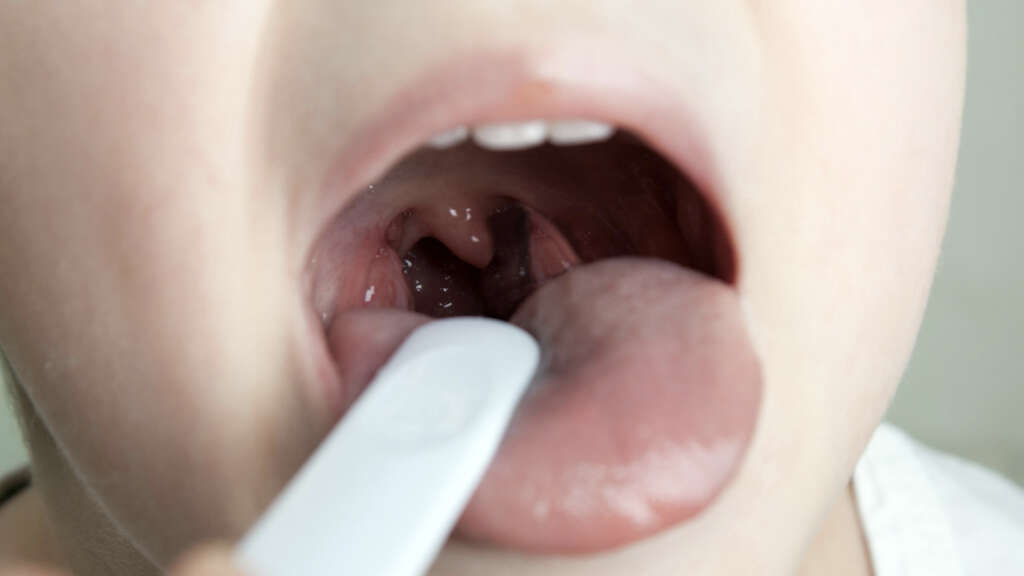
9. Complications
Some people will be born with a bifid uvula, which means that their uvula is forked or split. This condition will not usually cause further complications. In some cases, complications of the uvula might arise after damage from procedures such as the removal of tonsils.
The uvula can also sometimes be damaged from digestive juices in people that have GERD, which is another name for heartburn. These, and other issues, can cause the uvula to become swollen, and this can lead to other problems. A swollen uvula can sometimes affect the patient’s breathing or ability to swallow, meaning it will need to be treated for the patient’s safety.
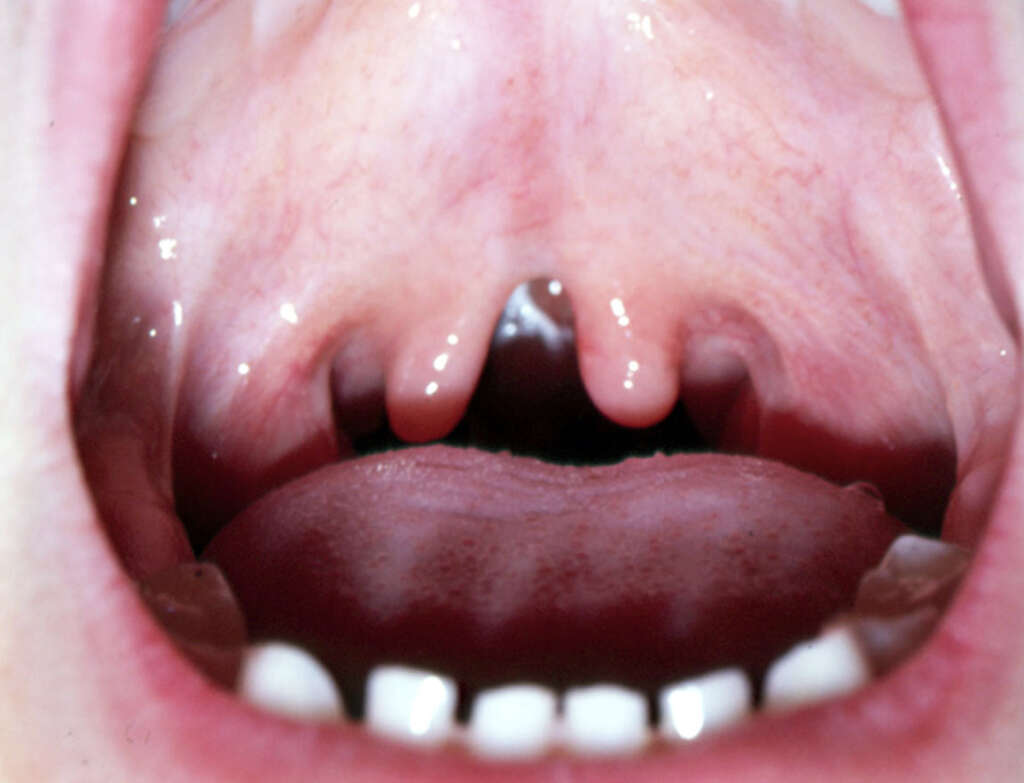
10. Treatment
In instances of a swollen uvula, the patient can turn to a number of homemade remedies to try and ease the problem. This can include gargling with salt water, chewing on ice, and drinking plenty of fluids. Throat lozenges can also help to soothe any pain that might be caused.
In more severe cases it might be necessary for steroids to help reduce the swelling. Antibiotics are also sometimes used to help prevent an infection from occurring. In the vast majority of cases the patient will make a fast and full recovery. In some instances, however, the uvula might be removed.








